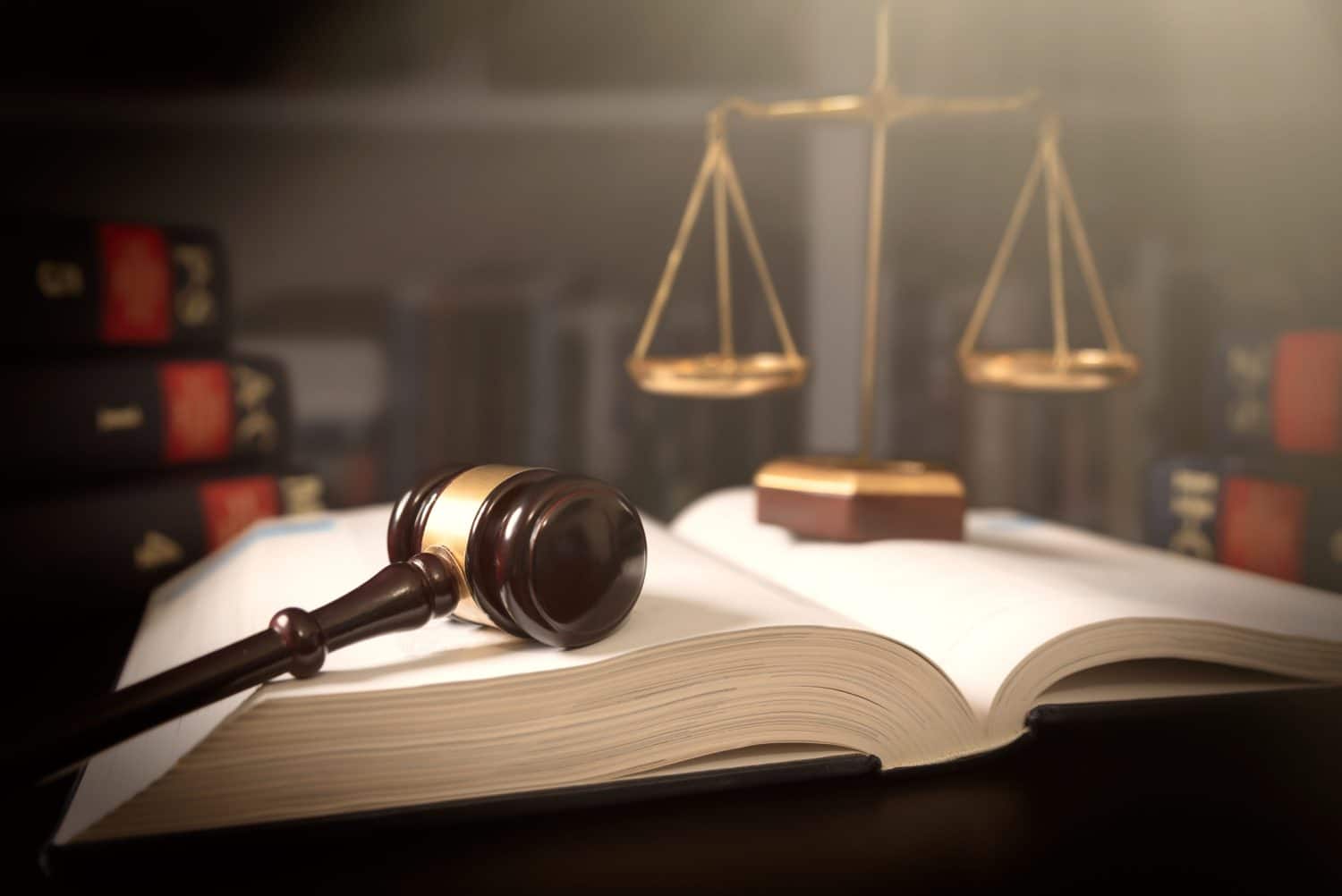
After a serious car accident, many people turn to personal injury claims to recover compensation for medical costs, lost wages, emotional trauma, and more accident-related expenses. One may assume that demonstrating the extent of your injuries to the insurance adjuster will be enough to recover damages, but there is one key element that is critical to proving your case and recovering what you’ve lost: negligence.
So, what does negligence mean? This is a general legal concept essentially stating that an individual was not as careful as they should have been and, as a result, someone else got hurt. While that sounds simple enough, each state has its own rules and procedures surrounding negligence. Each case provides unique challenges to prove that the other party holds liability.
In 2020 alone, the year with the most recent data available for New Jersey, there were over 42,000 crashes resulting in injury — and that number is small compared to years prior! At Peter N. Davis & Associates, we understand the obstacles that arise from auto injury cases, and we want to help our neighbors navigate this process. That’s why we’ve put together this blog post to provide you with essential information about negligence in New Jersey and how it can affect an car accident claim.
What System Does New Jersey Use To Determine Fault?

As mentioned above, each state is a bit different in its definition and application of negligence laws, and there are four main types of negligence used across the United States legal system: gross negligence, vicarious liability, contributory negligence, and comparative negligence.
Gross negligence is the most extreme form of legal negligence, demonstrating serious irresponsibility at a level no reasonable person would allow. Examples of gross negligence would include cases involving guardians of young children or the elderly who fail to address the basic functions and needs of the person in their care (e.g. feeding, bathing, and administering medication).
Vicarious liability, on the other hand, is the most indirect form of negligence in which the party being held accountable likely did not directly cause harm. A dog bite lawsuit would be a situation in which vicarious liability is applied, as the animal’s owner did not actually hurt the injured party, but they are legally responsible.
Contributory negligence goes further than the previous two types because it takes into account the liability of the person who was hurt. Under contributory negligence, if you are found to hold any of the blame for your accident, you will not be allowed to seek compensation at all.
Comparative negligence, like contributory negligence, has to do with the blame applied to the injured party. Unlike contributory negligence though, an individual may be able to recover their damages under this system if they were at fault — in some states, this is true even if their percentage of blame is found to be 99%! However, this would also reduce their total settlement by the percentage of liability they hold.
When it comes to bodily injury cases in New Jersey, including motor vehicle cases, the doctrine of modified comparative negligence (unlike the pure comparative negligence described above) is used to decide who is liable and how much compensation can be recovered by the injured party.
Under the New Jersey comparative negligence system in particular, you will be barred from seeking damages from other parties if a court finds that you are more than 50% responsible for the accident. This means that if you are 51% or more at fault for the accident, you would not be able to recover any compensation for your injuries, no matter how severe.
For an example of the modified comparative negligence 51% rule in action, let’s say you were speeding while driving down the highway when another vehicle suddenly merged into your lane without signaling, causing a collision. In this scenario, a court might find that you were 20% at fault for the accident, while the other driver was 80% at fault.
While you would still be entitled to compensation for your injuries and other damages because you held less of the blame, the total amount of damages you receive would be reduced by your share of the liability. In other words, you would ultimately receive 80% of the total damages awarded for your car accident claim.
What Do You Have To Prove?
When it comes to demonstrating negligence in any personal injury case, there are three items that must be effectively proven:
- First, it must be shown that the at-fault party owed a duty of reasonable care to the injured party. The duty of care refers to the logical, legal expectation of a person to act responsibly when their actions could affect others.
To further explain this concept, every driver has a duty of care to other drivers to follow the laws of the road and not put people in danger. On the other hand, a medical professional or pharmacy tech would have a higher duty of care at their job than the average motorist on the road, as their education and position in society confer a greater level of responsibility for people’s safety.
- Second, one must prove that the party responsible for their injuries failed to act within these reasonable expectations, thereby breaching the duty of care.
In the case of a car wreck, this could be proven by demonstrating that the at-fault driver was intoxicated, was not following the speed limit or other traffic laws, or was engaging in a distracting activity while driving, such as texting, eating, or doing their makeup.
- Finally, after demonstrating the duty of care and how it was breached, there must be proof that this failure to act reasonably directly led to the injuries sustained by the party seeking damages.
Doctor’s notes, eyewitness or expert testimony, photo evidence, and more can all be used as proof to connect the liable party’s actions to the injuries incurred.
Here’s Where It Gets Complicated With Car Accident Claims

Proving negligence can become complex very quickly. Because there are so many factors that can contribute to a collision, determining who is at fault can be a difficult process. Below are some of the factors that can complicate the issue of negligence in a car accident claim:
- Multiple Parties: In some cases, more than one party may be at fault for the wreck. This can make it difficult to determine who is responsible for paying for damages and injuries.
- Insurance Companies: The majority of the time, insurance companies are heavily involved in auto accident cases, and they have their own legal teams to protect their interests. This can make it difficult to negotiate a fair settlement.
- Government Involvement: If a government entity or employee is involved in the accident, there may be additional legal considerations. These could include the need to file a notice of claim within a certain timeframe or limitations on damages that can be recovered.
Whether your injuries are severe or minor, whether you are going up against one at-fault party or multiple, even if you’ve purchased the optional no-fault insurance and want to ensure the insurance pays you a fair settlement, having a strong lawyer on your side will be vital to recovering the full extent of damages legally available in a car accident claim. Without a lawyer, you may miss integral pieces of evidence or be unsure how to form a strong defense in your favor.
Remember, those injured in accidents deserve justice, and the responsible parties must be held liable. Every injured individual deserves a trustworthy and competent attorney who can level the playing field and ensure that their legal rights are protected.
If you are in the Paterson or Lodi, NJ, area and are looking for a trusted and knowledgeable car accident lawyer, you don’t have to tackle this legal system alone! With over 30 years of experience, Peter N. Davis & Associates has a proven track record of successfully representing clients in motor vehicle accident cases. Our team of lawyers is dedicated to providing personalized and compassionate legal representation, and we will fight tirelessly to protect your rights and interests.



